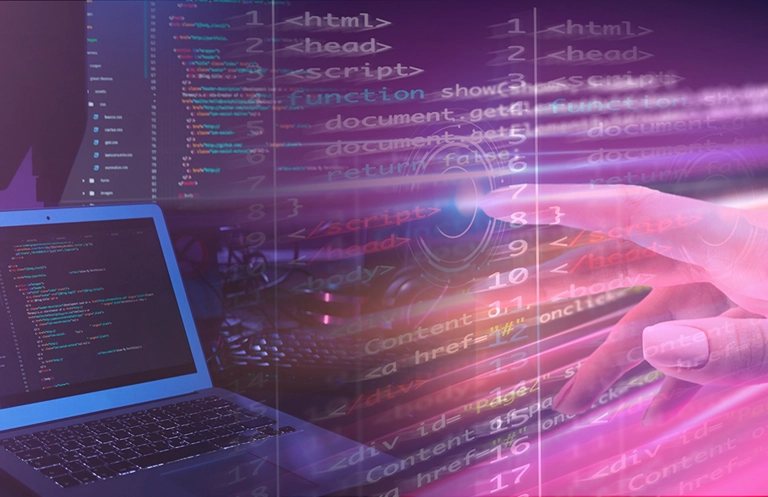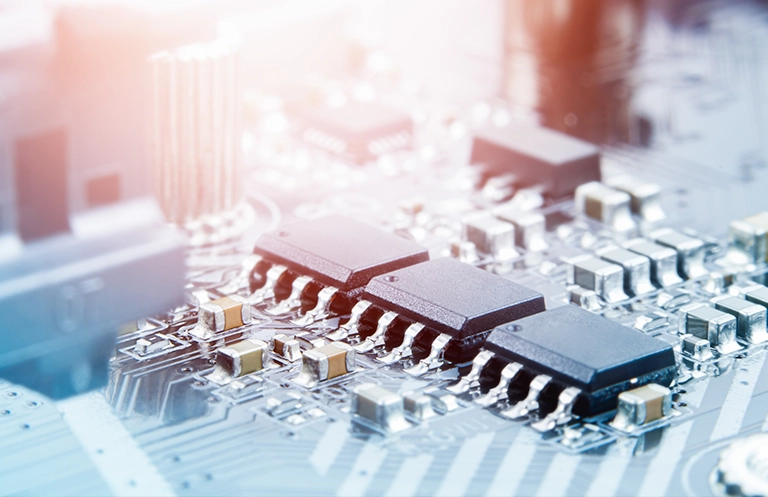The product development life cycle (PDLC) includes a bunch of levels that a product needs to pass through before reaching the mass audience. According to a typical product development life cycle, every product goes through a set of general phases such as development, growth, maturity, and decline.
Looking at the current market scenario, some products do not even reach the maturity phase and start declining right after the growth phase. In such cases, the development phase takes up the longest time and efforts while the results or revenue do not meet the expectations.
In such an unforgiving market, it is important for businesses to put their best foot forward when they decide to launch their new product. So, what can be done to improve how customers react to or interact with a new embedded system product? A secret weapon that can assure a better customer response is product prototyping.
Every product that you have ever seen has a certain group of target audience and tries to address their pain points in one way or another. To assess whether the product solves its purpose and is helpful to its customers, a product prototype is created to look and work like the actual product to some extent. This prototype is then tested by the product’s prospective users in order to collect their feedback and make the necessary amends.
What is a product prototype?
A product prototype is a mockup of the product that the stakeholders have decided to build. It is a model that represents the look and feel of the final product. These prototypes can vary from basic paper models of the product to elaborate models that resemble the real product and are packed with the major functionalities. In simpler words, a product prototype is an early iteration of the product that demonstrates its functional use.
Why do you need product prototyping?
You are going to test the product after production and even customers are going to provide their feedback on using it, so what is the need for product prototyping? This question is obvious, so let us have a look at some of the substantial benefits of device prototyping.
Benefits of Product Prototyping
Fail faster, succeed sooner
It is much better to analyze challenges and make changes to your product at an early stage than doing the same when the product is almost ready. Creating a product prototype even before the development phase is what helps you figure out what features need improvement before getting started with mass production. This approach saves precious time, cuts cost, and helps you steer your product in the right direction.
Understand design intent
By having a close look at the prototype, designers can not only get a better idea of the look and feel of the product, but can also get an understanding about what product they are designing, what is the purpose of designing it, and who will be the primary users (target audience) of the product.
Know your users
Behind every successful business is their customers, so if you are launching a new product in the market, it is supremely important for you to know your users well. But, many times, companies do not receive users’ feedback until after launching their product or services. Instead of taking a reactive approach, prototyping allows you to take a proactive approach to understand how usable your product is for the intended users.
Resolve conflicts
Every member responsible for the development or design of the product might have an opinion of what an ideal product should be like. In such a scenario, rapid prototyping can be used to create different variants of the product to compare the performance of each one. Thus, prototyping can significantly improve the design decisions, resulting in a higher-quality product with better usability.
What kind of prototype is right for your product?
RELATED BLOG
After realizing the paybacks of product prototyping, you might want to develop a product model for your business as well. However, different businesses offer different products, and so the prototyping might vary according to the business offering. For example, a biometric security sensor developer and a mobile app developer both will expect different things from their product prototype.
So, product prototypes can be categorized into various types such as:
Proof of Concept Prototype
This kind of prototype tests product design functions, without testing the full functionality of the product. Proof of concept prototypes are used to verify if the materials and the product perform as expected. This helps in making important design changes before starting the product development process, thus saving time and money.
Visual Prototype
As the name suggests, a visual prototype is used to represent the appearance and size of the final product, without implementing any of the functionalities of the product. This type of prototype is usually used in marketing, ad campaigns, and sales pitches. Form Study Prototype falls under the visual prototype, which showcases the geometric features of the product, excluding the aspects such as texture or exact color.
User Experience Prototype
This type of prototype is designed for end-user research and is packed with enough geometric features and functionalities of the real product. The user experience prototype is used to determine if the product will be user-friendly and satisfactory for the target users. This way, product manufacturers can get a real idea of how customers are going to interact with their product and what improvements can enhance customer satisfaction.
Working Prototype
Such prototype is bundled with all the functionalities of the finished product; however, it does not resemble the product appearance. Having a look at the working device prototype will help the product design engineer to change the product design in order to improve the product functionality.
Functional Prototype
DOWNLOAD CASE STUDY
Extending Product Life and Increasing Revenues through Sustenance + Methodology
This type of prototype has the exact appearance and functionalities of the final product, except that these prototypes may be made using different techniques and using different materials as compared to the final product. Chances are, such prototype may be made on a different scale than the actual product, to save on production costs. The functional prototype is mostly used to demonstrate the product when trying to obtain funding for the production.
Wrapping Up
Product Prototyping is the best way to reach the end of the Product Development Life Cycle with minimum rework. Many times, you might decide to go with your assumptions or gut feeling, but creating a quick and simple prototype and validating that from the users is always a better option. Let the users see a model of what your product might look like rather than explaining it or leaving everything to their imagination.
eInfochips provides prototype engineering services and assists global companies across the entire product lifecycle management of their product and solution, all the way from product conceptualization and product engineering to release management. Know more about product lifecycle management expertise.













